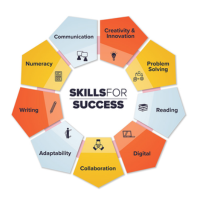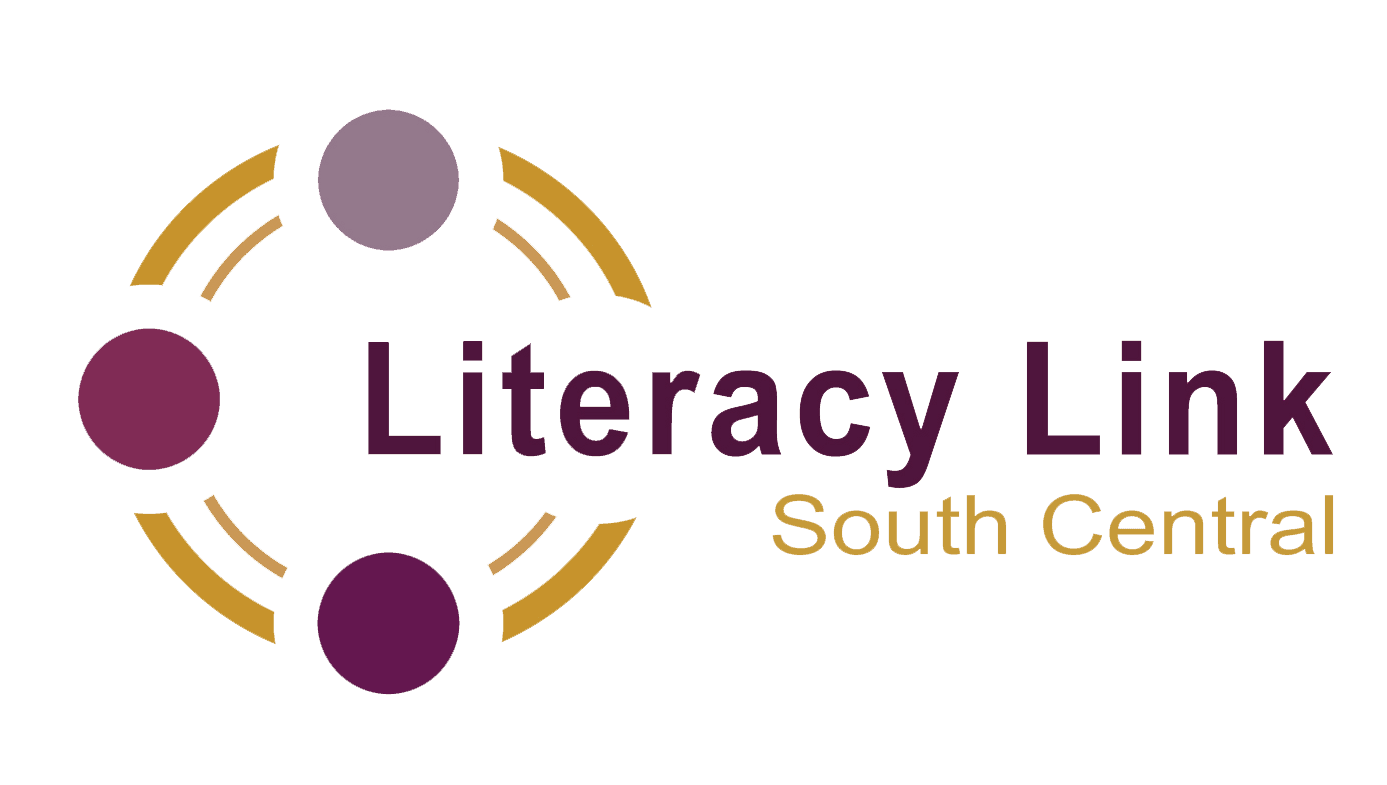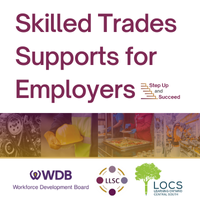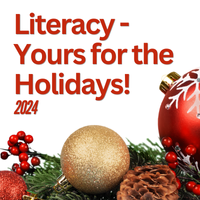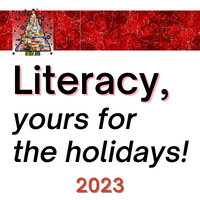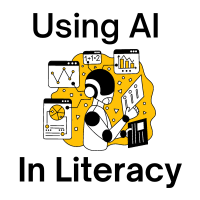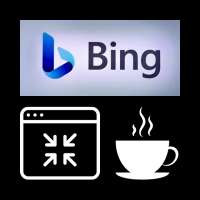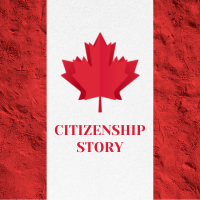‘Accessible For All’ Eye Nutrition Guide
A conversation with Jaime Hooper & Christine Melehes

The Accessibility for Ontarians with Disabilities Act (AODA) will come into full effect on January 2025. The law, passed by the Legislative Assembly of Ontario in 2005, sets standards to ensure that Ontarians with physical and mental disabilities can access public establishments, documents, and services. Public agencies must fully comply with the law.
But what does it mean to ensure accessibility for all? And what does accessibility look like? We discussed these questions with Jaime Hooper, a Developmental Service Worker (DSW) and Deafblind advocate, and Christine Melehes, a Skills Development Specialist with CNIB Deafblind Community Services (CNIB DCBS).
With support from a Registered Dietician, Jaime and Christine created an accessible Eye Nutrition resource for learners who are Deafblind, blind, or partially sighted. They developed it because they witnessed an increase in diabetes in the community. While researching the subject of eye health, they discovered no accessible resources existed for people with vision loss. While medical literature was abundant, the page’s interactive menus and graphics created barriers for users who rely on screen readers, magnification tools, and keyboard-only navigation.
Inaccessibility is a common problem for the Deafblind and Blind communities. When finding resources, they often have to convert them into accessible formats. But what does it mean to be accessible? According to Jaime and Christine, accessibility takes many forms. It means the resource is accessible for people with vision and hearing loss and is compatible with different assistive technologies, from screen readers and refreshable braille displays, to enhanced listening devices.
Accessible resources are ones designed for use by people with disabilities, such as those with sight and hearing loss. They are compatible with different assistive technologies, such as screen readers, refreshable braille displays, and enhanced listening devices, which help people with disabilities access information and communicate effectively.
For example, a website that is designed to be accessible would have features such as text descriptions of images, captions for videos, and keyboard shortcuts to navigate the site. This would make it easier for people with disabilities to use the website and access the information they need.
But accessibility is not only technological; it also involves language. Medical resources contain scientific terminology unfamiliar to general readers. Jaime and Christine recognized they needed to assemble and convert existing eye health research into plain language, which is a form of “communication your audience can understand the first time they read or hear it” (plainlanguage.gov | What Is Plain Language?, n.d.). They worked with a registered dietician to ensure their guide contained clear, accurate information.
Jaime and Christine said that when it comes to eye health and nutrition, the vision loss and Deafblind communities remain under-served. For instance, when they inquired about an accessible Canada Food Guide for teaching proper eye care nutrition, they received one braille resource. Unfortunately, the guide was only available in a braille format the person could not read. Since Canadians with vision loss do not all use identical formats, Jaime and Christine had to develop a simplified, tactile version of the guide.
As they explored developing new resources, Jaime and Christine found that the Canada Food Guide graphics for appropriate nutritional portions at meals was too crowded and condensed to be fully screen reader accessible. They created a plate learners could touch and hold, enabling them to visualize appropriate nutritional portions using their hands.
The food guide is a perfect example of the problem Deafblind, blind, and vision loss communities face. “Accessible” does not yet mean “accessible for all.” Far too often, a resource is seen as “good enough” if it applies a few accessibility fixes, such as using alt text to allow screen readers to interpret pictures and graphics. But “good enough” is not the same as accessible. Jaime said doing accessibility right impacts everyone equally and removes barriers to learning. We should remember how barriers are not disabilities. A person with vision loss faces a barrier, but this only disables them when no one removes it.
If accessibility means overcoming barriers, Ontario needs a new approach to resource design. Design teams must include a broad community of stakeholders who can contribute to and test resources to ensure inclusivity. Resources are never complete. To offer a barrier-free product, the designers must keep updating it.
To learn more about inclusive design, please
click here.
For more information about this accessible Eye Nutrition resource, please contact Christine Melehes at Christine.Melehes@deafblindservices.ca.
